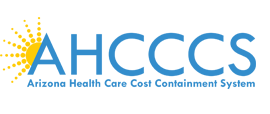
A new study lends support to keeping the current national minimum drinking age at 21. The Journal of Studies on Alcohol and Drugs study suggests that lowering the minimum drinking age to 18 could increase the high school dropout rate. Researchers say access to alcohol for younger peers would increase if legal-aged peers were present in a high school setting. They examined dropout rates in the years before the National Minimum Drinking Age Act of 1984 raised the minimum drinking age to 21.
According to the study’s lead author, Andrew Plunk, “We saw a 3 percent increase in dropout rates in the whole sample. In already at-risk groups [of dropping out of high school] like blacks and Hispanics, we saw a 4 percent increase.” The dropout rate increased by 40 percent in young people whose parents had drinking problems. Plunk said in a news release, “In places where it was lowered to 18, it’s likely that more high school students were able to get alcohol from their friends. For certain vulnerable students, access to alcohol might reduce their chance of graduating from high school.”
Time reports that 3.3 million students are expected to graduate from high school this year, and if the correlation in the study were to happen today, a 3 percent increase in the dropout rate would mean 99,000 dropouts.
This study provides a response to the calls from those who believe that college students who can legally purchase alcohol at a younger age will drink more responsibly. Plunk says this argument misses the effect lowering the drinking age would have on high school students, and added, “These are people who are 15, 16, 17, people who we still consider children. Protecting them is a very important thing.”













